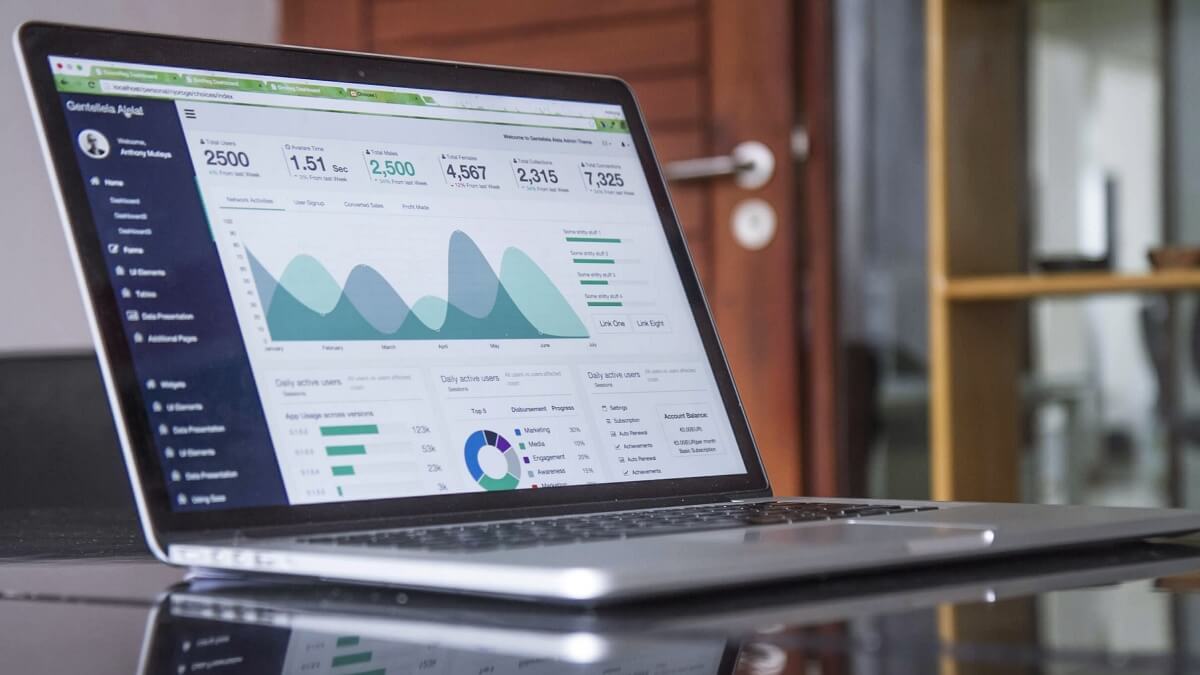You’ve taken the digital leap and finally opened an online store, but how can you tell how things are going? And what’s with all these e-commerce terms? E-commerce metrics are quantifiable and defined measures of your business’s online performance, which you can track over time. They take the guessing out of the game and let the data speak instead, giving you the most solid basis for doing anything, especially if it costs money. However, not all of them are equally powerful and getting bogged down in every detail can get unproductive – the key is to only focus on the e-commerce metrics that really matter.
One of the best things about choosing to have an e-commerce store is that there is so much more information available to you: you can’t always tell for sure how many people saw your billboard or advert in the paper, or whether that’s what made them come to your shop. But, with analytics tools that help track e-commerce metrics, you can see exactly what’s working and where. The increased visibility will allow you to run a tighter, smarter and more efficient operation just because of the platform you’ve chosen – so go ahead, pat yourself on the back!
Yoco's top e-commerce metrics to track
1. Conversion rate
This metric asks how many people who visit your site actually buy something. It’s a great starting point for gauging the appeal of your store and product placement, and it’s fundamental to the long term success of your site.
How it’s calculated:
Number of sales / Number of users x 100
Track this metric through google analytics, or use this helpful tutorial.
But, what is an appropriate conversion rate for your type of business? Check out this article on industry standards.
Optimising for conversion:
* Use large and high quality images of your products.
* Add product descriptions and any information about special features or functionality.
* Think about adding trust badges.
* Encourage customer-submitted reviews for objective credibility.
* Enable Live Chat – it has been proven to increase conversions just having the sense that someone is there on the other side to help.
Improving your conversion rate is a vast topic – for more, here’s an in-depth guide.
2. Cost of acquiring a customer (CAC)
Whether it’s time or money, it always costs something to get new shoppers to check out your site, and browse your amazing wares. Some expenditure on this is crucial, but you also want to make sure that you’re not spending more on getting the customer than the customer is spending at your store!
How it’s calculated:
Total sales and marketing expenses / number of customers acquired
Get some examples and extra info here.
Cutting those acquisition costs:
* Improve your e-commerce site, by gearing it more towards conversion so you get more sales for the same number of people visiting.
* Optimize paid ads, so you spend less for the same results.
* Spend more time investigating nearly free marketing channels that you can control, like social media, emailers, content creation and online forums.
* Look at ways to encourage referrals from existing customers, even if it will incur a small cost in order to motivate them to spread the word.
3. Average order value (AOV)
This represents the average amount of money that a customer will spend at your store, at one time. The higher you can get this total, the better – it’s the e-commerce equivalent of a brick-and-mortar store’s “basket size”. When each customer spends more, you get more money for each cart you sell.
How it’s calculated:
Total sales revenue / number of carts
Boost your basket:
* Promote buying bundles of goods, by offering a small discount if purchased together.
* Upsell additional features, upgrades or premium versions of applicable products.
* Provide free shipping for higher total purchases.
* Offer larger discounts when customers hit a minimum spend target.
* Give something for free, like a gift or buy-1-get-1-free.
4. Customer lifetime value (CLV)
Instead of only focusing on one sale at a time, this e-commerce metric allows you to get an idea of how much revenue the average customer generates over their entire relationship with your company. So, over the course of the average customer life cycle, how much money will they spend at your store?
How it’s calculated:
12 x average customer value (profit to the business) per month x average customer’s lifespan (the years the average customer keeps supporting your store)
The maths can get more complex, and there are several different formulas out there – for some more help, check out this free clv calculator.
This figure must be greater than the cost of acquisition no matter what, otherwise you’re spending more money on your customers than they will ever spend on you. It also helps you to decide how much energy should be invested in maintaining longer relationships with them.
Pump up the value:
* Increase customer average order value.
* Boost customer retention.
* Encourage brand loyalty with amazing customer service and consistent brand messaging across platforms.
[THREAD]: How to get your business website to the top of Google Search 👇
— Yoco (@Yoco_ZA) October 7, 2020
5. Customer retention rate
This tells you how many of the customers you’ve already managed to acquire are happy with your product and service – enough to want to return. It’s always easier and far more cost effective to keep existing customers happy, than it is to attract new ones. So, taking care of loyal clientele should remain a top priority.
How it’s calculated:
Number of returning customers / total number of customers x 100
Tips for better retention:
* Delight your customers with excellent service.
* The odd freebie or gift never hurts.
* Try sincere touches, like hand written thank you notes with purchases.
* Implement a customer loyalty program.
* Keep in touch with regular newsletters via email.
For more on boosting customer retention, check out this online guide.
6. Gross profit margin
Your margin refers to how much money you make at the end of the day, after you’ve paid the bills. In other words, it’s what you sold your products for, less what it cost you to supply them.
How it’s calculated:
Profit = Revenue – Cost, and Gross Margin = Profit / Retail Price
Profit should always be a positive figure, because it’s important to make sure that you’re making money on every sale – and that you will have some left over to grow your business. If you’re not happy with your margin, either increase your selling price, or start negotiating with suppliers and service providers to reduce your business costs.
7. Shopping cart abandonment
This tells you how many of your shoppers add items to their cart, but then don’t complete the purchase. No need to panic, it’s pretty common and all is not lost.
How it’s calculated:
Number of completed purchases / Number of shopping carts created x 100 = Completed Carts %
100 – (completed carts %) = Abandoned Carts %
Overcome the abandonment:
* Simplify your checkout process so there are no unnecessary distractions.
* Choose a reputable online payment platform that works smoothly and securely.
* Be upfront about any extra costs, like shipping or delivery, right at the beginning of the check out process.
* Negotiate with your delivery partners for the best possible time frames.
* Use re-marketing to bring customers back to their abandoned carts (and save carts to allow customers to easily revisit them).
As much as it may seem daunting, the benefits of getting comfortable with using and regularly tracking these e-commerce metrics are exponential. Lean into the process, and let Google Analytics become the most reliable business partner you’ve ever had, reaping the incredible rewards of data-driven decision making for your online store.



